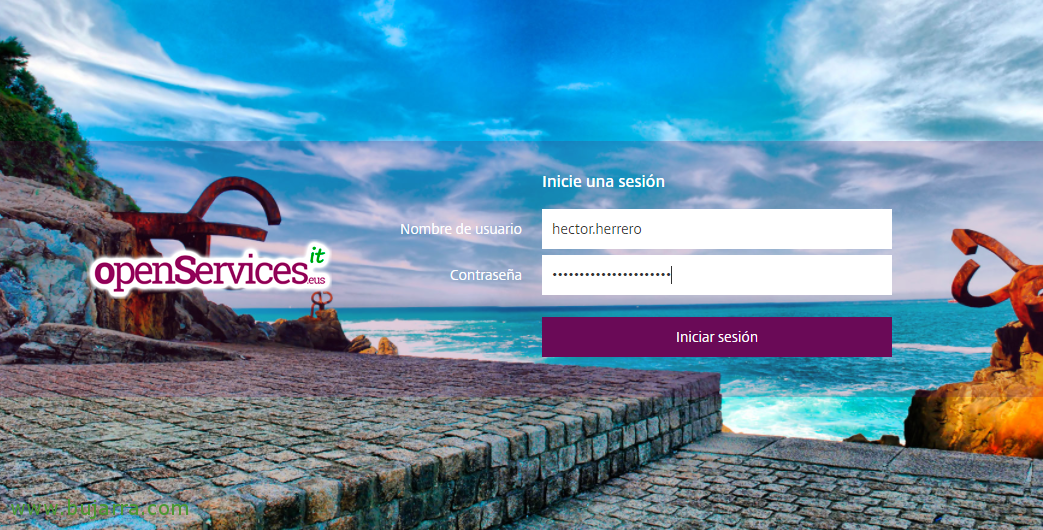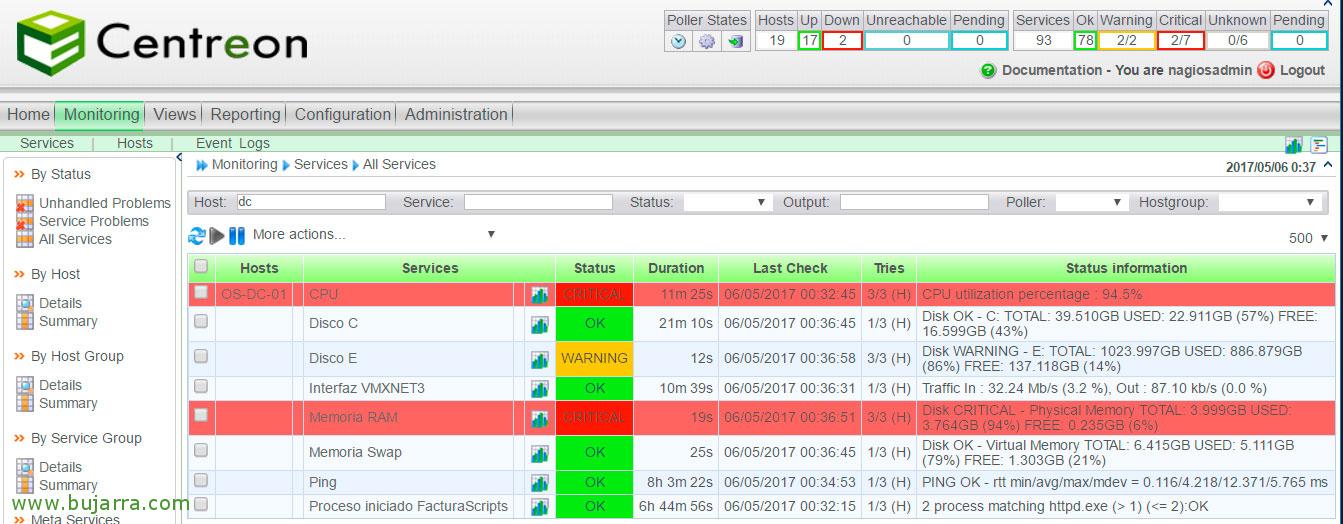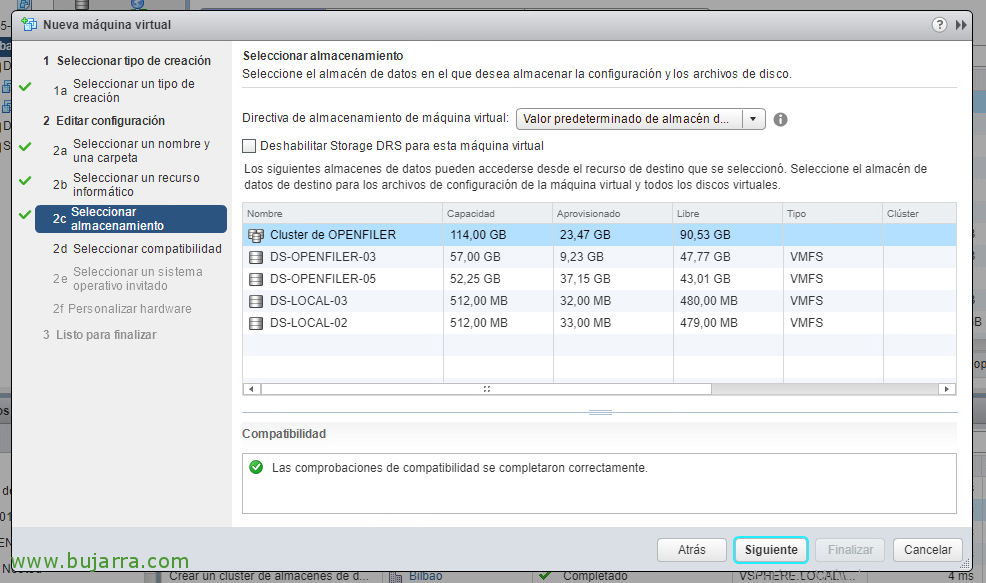Customizing the Citrix Netscaler portal
Something you know I like, that it costs nothing and is very grateful especially by VIP users… is nothing more than what we will see in this post, which is how to customize the access portal to our organization from the outside! That is, we will customize the Citrix NetScaler portal 12 with our company logo, Corporate colors and backgrounds!












































